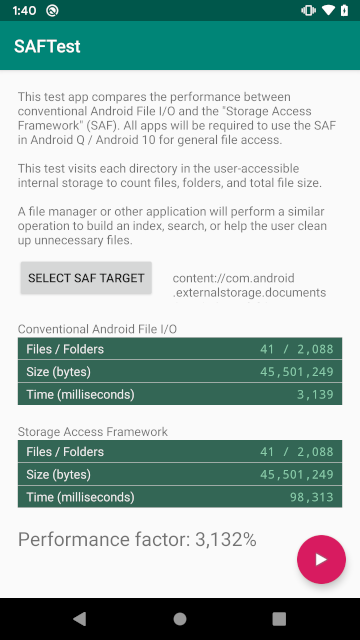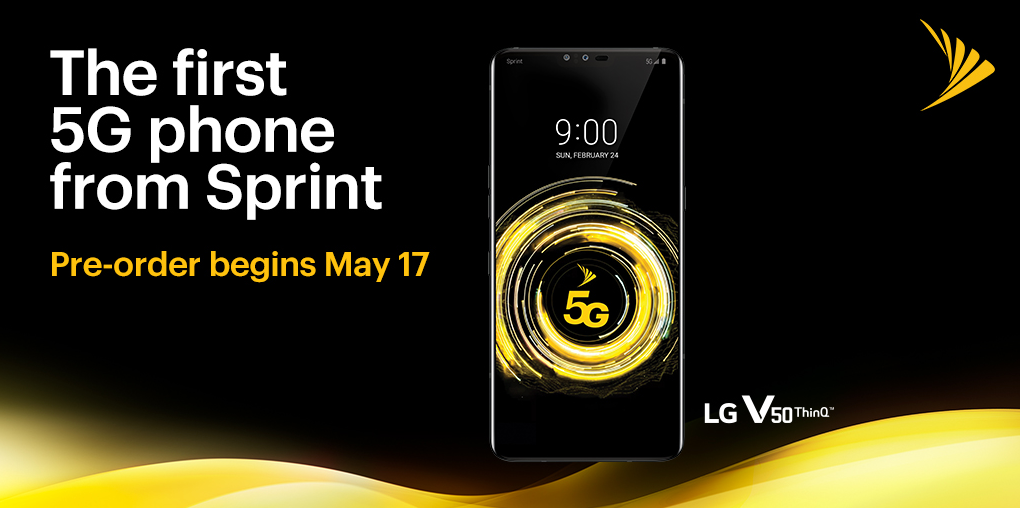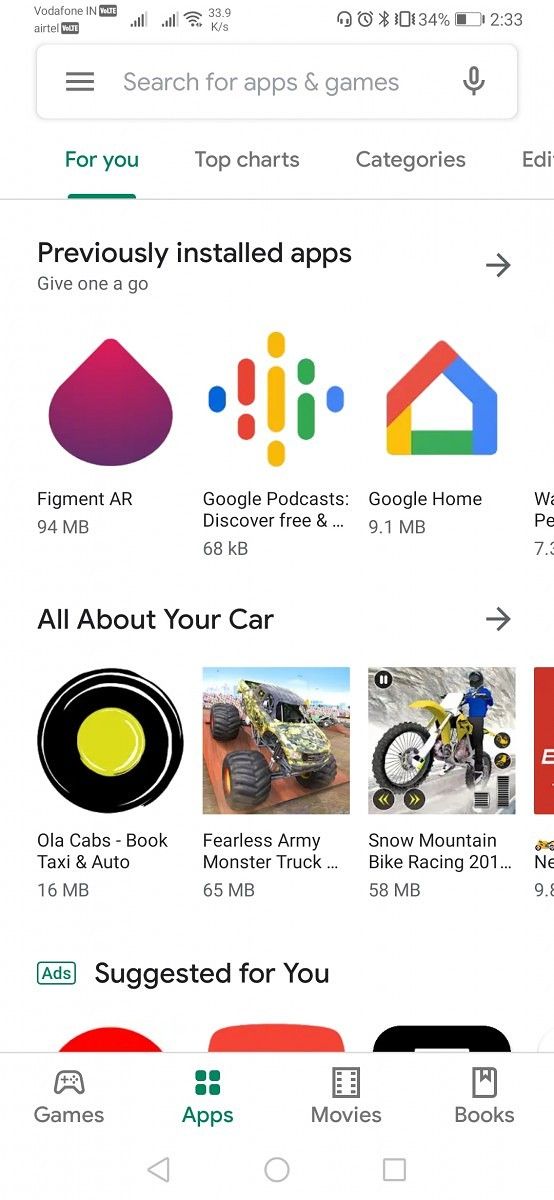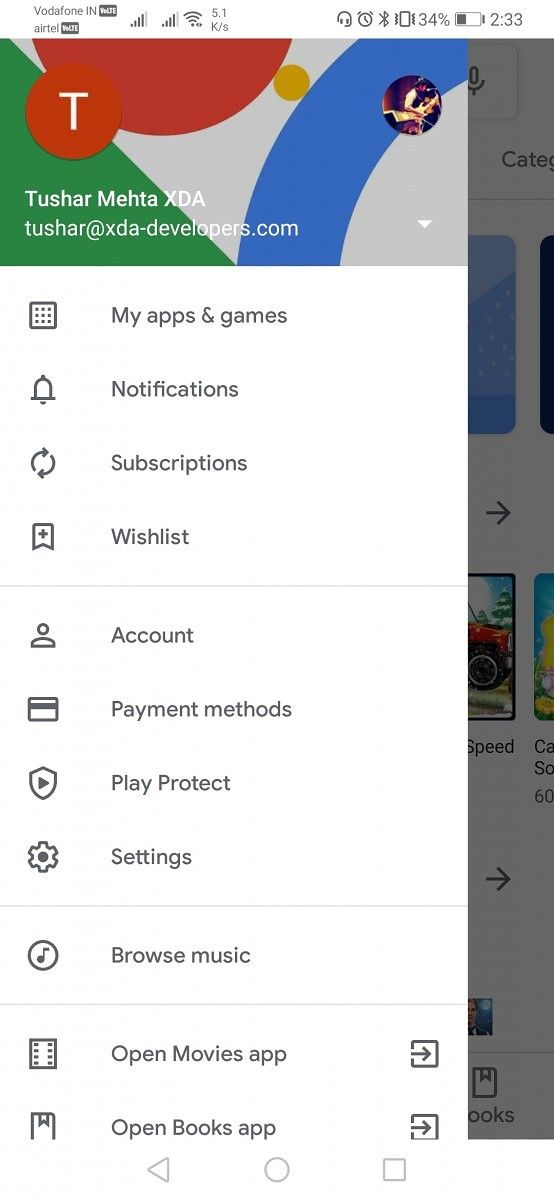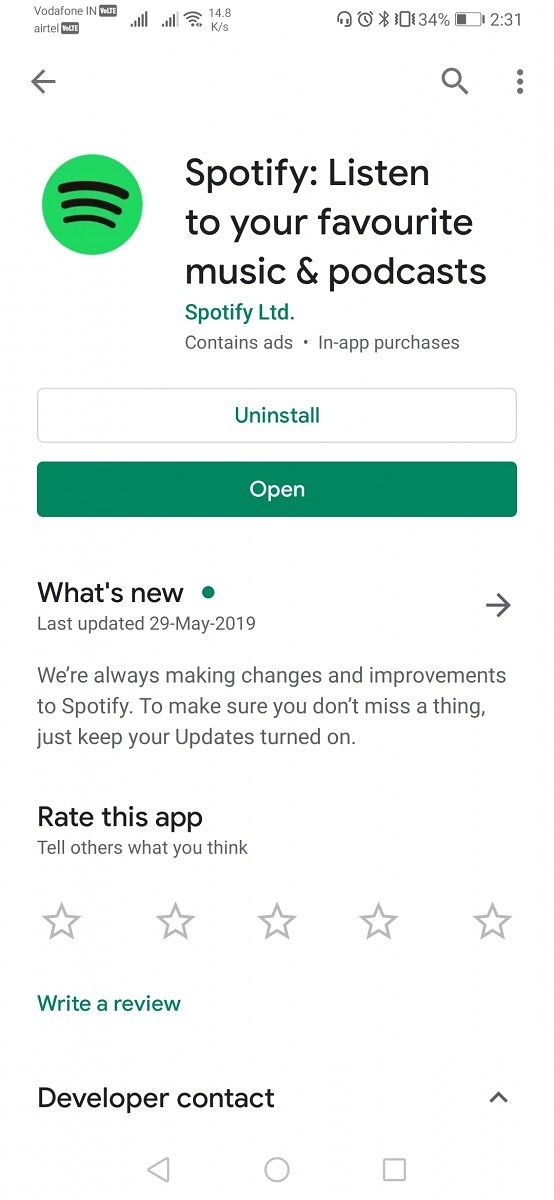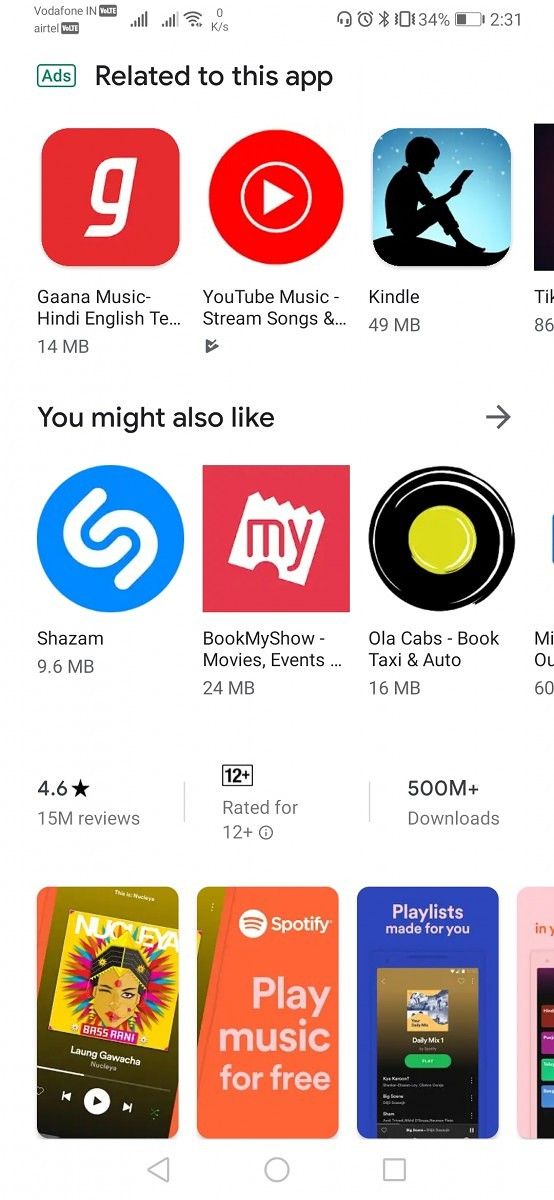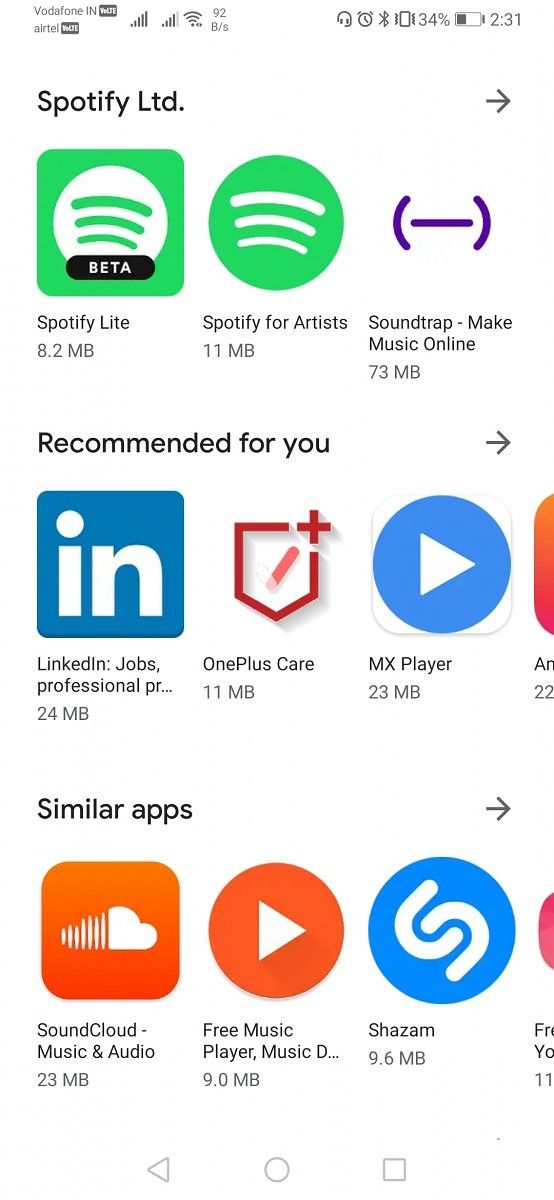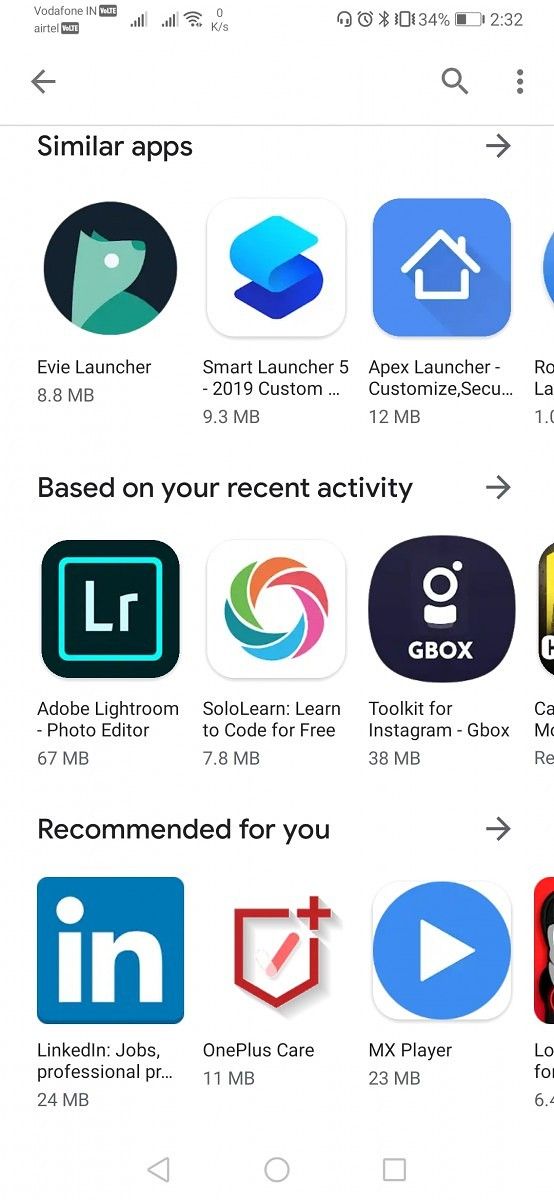It feels as if not a month goes by without Honor announcing a new model in its lineup. While it may seem like excessive market saturation, Honor is strategic in their marketing and release cycles. In particular they have a precise target for devices and it is this strategy that brings us the Honor 20 Pro – a phone you didn’t think they needed but nestles perfectly in their well stocked lineup. Until the ban that is.
It is hard to review a Honor or Huawei device right now without the disclaimer that these phones are essentially under a ban. A ban that could prevent future software updates and in the case of the Honor 20 Pro could derail the entire launch. This review cannot be a deep dive into the Honor 20 Pro because our review timeline was significantly shrunk at the requirement of the folks at Honor and as such will really touch on the build quality of the Honor 20 Pro and its unique quad camera array. For a deep dive into everything software, you should check out Mishaal’s deep dive into EMUI [Part 1 and Part 2] – the backbone of MagicUI – and his upcoming EMUI 9.1 article. Also, for an analysis on the Kirin 980’s performance, check out our benchmarks, Android gaming review, and retro gaming review.
The Honor 20 Pro’s Excellent Hardware
When you first pick up the Honor 20 Pro you immediately feel the build quality of the device no doubt due to its considerable 182g weight. You also feel the thicker than expected side-rails that blend from the front glass to the rear and are almost directly ripped off from an iPhone X series device — except that they are not stainless. There is no gimmick of a curved display or curved rear glass to be found on the Honor 20 Pro and while that does make the phone feel larger in your hand, it also instills a confidence I haven’t quite been able to attain with my Huawei P30 Pro thanks to its curves. Honor has really been picking up the build quality on their phones in recent years as well, with production tolerances, material choice, and craftsmanship that punch well above their weight class.


Much like the Honor View 20 we reviewed earlier this year, the Honor 20 Pro comes with their now signature left – and proper sided – punch hole display that goes from edge to edge. While the phone does have a chin on it, I have found that the chin size Honor went with is superior to the ultra-slim version you see on say the OnePlus 7 Pro. Those extra fractions of a millimeter go a long way to making gestures more reliable and raising the keyboard to a usable level – two things my OnePlus 7 Pro struggles with. The right side of the phone is where you will notice the first major change of the Honor 20 Pro, a side mounted fingerprint sensor. Unlike the Honor View 20 and other Huawei and Honor phones, the Honor 20 Pro follows the similar style to Sony and Samsung integrating the side mounted sensor and it is very reliable, but I am not without some gripes. The button itself is far too narrow making pressing it more of a dedicated thought then it should be. The phone will wake on its own without a press, but turning the display off isn’t quite as easy as I had found it on other devices with this setup. There is also the situation that side-mounted sensors are a little less comfortable than both front and rear mounts considering their awkward placement if the phone is sitting on a desk or table.



Fortunately though, you do get Honor’s face unlock but keep in mind this severely reduces security on your device so use that with caution. The top of the phone houses a microphone and IR blaster, something Honor and Huawei pretty much stand alone at still supporting. The left side has the SIM tray and little else, and the bottom has a microphone, USB-C 2.0 port, and speaker. Around back is where the star of the show is though, and despite being easily confused for its bigger cousin the Huawei P30 Pro, the Honor 20 Pro doesn’t quite pack the same punch. We will discuss this a bit later, but Honor and Huawei continue their tradition of excellence and this sensor does not disappoint. Also of note is the death of the poorly used TOF sensor found on the Honor View 20 and Huawei P30 Pro. Instead, it has been replaced with a dedicated 2MP Macro lens – that is hardly any better.
If there is one thing aside from the camera that Honor has really trumpeted lately it is their amazing choice of colors. My model is a turquoise deep sea color that goes from a deep teal on the top and bottom to a shimmery brighter color in the center. This color gives the phone an almost well-worn leather appeal in that the edges go almost totally black. I vastly prefer this to the Honor View 20 that was a little more flashy and almost felt like it was trying too hard. Here the Honor 20 Pro feels more grown up and executive, even if it might not have the same great crowd appeal.


It is no stretch to say that Honor did a fantastic job on the overall hardware found on this device. It feels premium, looks premium, and packs the internals to match. Speaking of those internals, the Honor 20 Pro features a now well-worn Kirin 980 processor, 256GB of UFS 2.1 internal storage and 8GB of RAM – nothing we haven’t seen before and the story stays the same. The Kirin 980 processor is a great SOC choice and performs well enough up against the more well-known Qualcomm Snapdragon 855 but a successor hopefully this year will leapfrog them ahead in at least some areas. For most consumers, the only two real areas the Kirin 980 falls short is its GPU performance – which is still well above acceptable – and its ISP that locks Kirin 980 equipped devices to 4K30 as their maximum recording rate. EMUI has grown up lately as well, and although it still has too many gimmicks for the Android purist – along with locked bootloaders – performance is not one of the things you can say the Honor 20 Pro falls short on. While I have only had the Honor for a week or so now, I have used the Huawei P30 Pro for almost two months with no significant performance issues or bugs, something I couldn’t say about EMUI just a few years ago. As I mentioned in the beginning of the article, check out Mishaal’s articles for everything you need to know about EMUI and MagicUI. That said, I did want to go over some of my favorite features.



My Likes
As some of you may know, I use an iPhone regularly and one of my favorite features that nobody outside of EMUI has is lock-screen notification security. I like to have my phone wake when notifications come in, but often times my phone is sitting on a desk or table at work where others can see it. On iOS, when your phone wakes to this notification, the contents are hidden until FaceID or TouchID authenticates you as the owner, at which time the phone will show the notification contents.

As I mentioned, this is one of my favorite things about iOS and EMUI emulates (read: copies) this exactly, even mimicking the raise to wake functionality from iOS. Another thing I like about it is its battery controls. Now there are a lot of people complaining about how EMUI and MagicUI kill running tasks and push notifications in the background, and while that is true it is also very easily bypassed globally. Simply navigate to App Launch in Battery and turn off Manage All Automatically and you now have stock Android levels of app management. What I also enjoy about this is that for some apps like Instagram or Facebook, you can choose to manage automatically or you can just manually turn off things like running in the background or launching without the user interaction. This allows you to get unreal levels of battery by allowing apps you want to do their thing, while killing off those you don’t want draining your battery. Speaking of battery, I really cannot say a lot here about it due to my cut short time with the device and I wasn’t able to really get a good feel for how it performs routinely. That said, it has a 4,000mah battery mated to a 6.26” LCD and the Kirin 980: the battery is going to be very, very strong. My Honor 20 Pro had no troubles going well into the evening with 40% or more battery just about matching what my Huawei P30 Pro was capable of. Unfortunately though, the Honor 20 Pro does not have wireless charging so you will have to use a cable for your quick top offs.




My Gripes
Before going into the camera review, I felt it important to discuss some of the things I don’t like about the Honor 20 Pro and many of these trade-offs have me preferring my Huawei P30 Pro, despite its higher cost. The first is the display. The FHD+ LCD panel is fine by most respects, but has two glaring — future pun intended — faults. The first is the nature of LCD with a punch-hole and slim bezels. The Honor View 20 suffered from shadows and blooming around the bottom of the display and the camera cutout, and the Honor 20 Pro has the same issue. To be fair, the LG G7 ThinQ had this issue for me as well and can easily be seen while on a white background. The blooming and shadows look like a dingy purplish artifact along the top and bottom of the display and is far more noticeable than any OLED burn-in I have experienced. I think if Honor will continue with this style of device, their next models need OLED. The second issue with the display is its glare. Now, I am here in Florida which might as well be the surface of the sun this week, but while going out and taking photos with the Honor 20 Pro, I could hardly see it off angle due to the immense glare and reflections from the world around me. This isn’t something I have experienced terribly often, but the Honor View 20 has a similar issue and it is something I certainly hope Honor can fix because it really does detract from an otherwise nice display.
There are also some other issues I have with the phone, the vibration motor is really poor especially coming from devices like the Google Pixel 3a and OnePlus 7 Pro. While it doesn’t feel like it is going to rattle out of the device, it does feel like it is surrounded by insulating pillows causing a muffled but strong feel. The Honor 20 Pro also forgoes dual speakers and instead comes with a single firing unit that sounds very unbalanced and tinny; it is even a bit worse than the Huawei P30 Pro which forgoes a top mounted earpiece entirely for its screen vibration technology. There was an excuse there, there is none here. My final gripe about the phone as a whole is that it doesn’t quite feel like anything new here. The device is considerably more expensive — assuming it even launches — than the Honor View 20 and comes remarkably close to the Huawei P30 price tag and features the same camera as the former and processor as the latter. It feels like this operates in a weird middle-ground and as long as the LCD is as bad as it is it doesn’t feel like a terribly great value — however, we then get to the camera.


Honor 20 Pro Camera Quality
I am going to come right out and say it. Google has the best camera. Huawei and Honor have the best cameras. The star of the show is the Sony produced 48MP 1/2″ Quad-Bayer monster of a mobile camera sensor. While devices like the ASUS ZenFone 6, Xiaomi Mi 9, OnePlus 7, and OnePlus 7 Pro have used this sensor, it is really Honor who has harnessed its potential. I loved it on the Honor View 20, and I love it just as much here and in some aspects I even prefer it to the Huawei P30 Pro’s 40MP sensor. Before we get into camera samples, though, let’s go over the rest of the hardware which is…not quite as impressive. Compared to the Huawei P30 Pro, the Honor 20 Pro loses autofocus on its wide-angle sensor and instead has to use a 2MP dedicated macro sensor that delivers fine shots but is also not autofocusing — making shooting anything that moves in the slightest a chore. The telephoto lens is also downgraded from the amazing 5X optical zoom to a true 3X optical zoom with an 8MP sensor and 5X hybrid zoom option.
All together, the Honor 20 Pro is far more capable than the Honor View 20 but markedly less so than the larger and far more expensive Huawei P30 Pro which is likely exactly where Honor wants this device to fall. That said, Huawei has camera tuning down to an art and the device delivers stunning shots that have amazing detail and, most importantly, deliver natural feeling photos — even if the skin smoothing is a bit higher than I’d prefer and bright background highlights are exposed more than I’d like. I did notice I prefer the MasterAI mode a lot less on MagicUI and that is twofold. On the one hand, the tuning is very saturated and dynamic — a look I do not like. Also, the camera app lacks the automatic mode switching the Huawei P30 Pro offers where if you move close to a subject Super Macro will enable automatically, or if a face is seen Portrait mode is turned on. It is a small touch, but I did miss that small added functionality. That said, let’s get to the photos.
Conclusion
So that wraps up my review of the Honor 20 Pro. You will probably notice that we didn’t go over gaming performance or software and that is simply because the Honor 20 Pro doesn’t tread any new ground here – and the reduced review timeline didn’t help matters. The Honor 20 Pro will deliver the same excellent level of performance in gaming and day-to-day matters that the Honor View 20 or Huawei P30 will afford you and it does it at a price that strikes right between those two. The elephant in the room, though, is the current situation around Huawei’s use of American-made software and hardware. There is simply no getting around the situation that plagues Huawei and Honor now. While injunctions and legal workarounds are starting to be implemented, there is no denying that the brands are in serious trouble. Will the Honor 20 Pro ever make it to market? That is a question Honor never likely thought they would have to face but that is exactly where we are now.
Purchasing any Huawei or Honor device now comes with significant baggage and that is unfortunate. Honor and Huawei were, in my opinion, moving the market forward in camera features and versatility and market saturation of just downright good devices and the Honor 20 Pro continues this trend. True, you may be able to get a better OLED display around the same cost or find something with dual speakers, an IP rating, or water resistance, but the truth is none of those things really matter much. Coming to a conclusion is one of the most difficult parts of a review but is made even harder by the reality that the outstanding device I got to review may never hit store shelves. Even if it does, it might do so with remarkably different software. If reality were what we choose it to be and the situation were different, you could find one of the best and most versatile camera phones, true all-day battery life, excellent performance, and a premium look-and-feel that is right up there with $1,000 flagships in the Honor 20 Pro. Unfortunately though, reality is often disappointing.
Honor 20 Pro ForumsHonor 20 Pro Global Product Page
The post Honor 20 Pro Review – One Of The Best Smartphones That May Never Launch appeared first on xda-developers.



